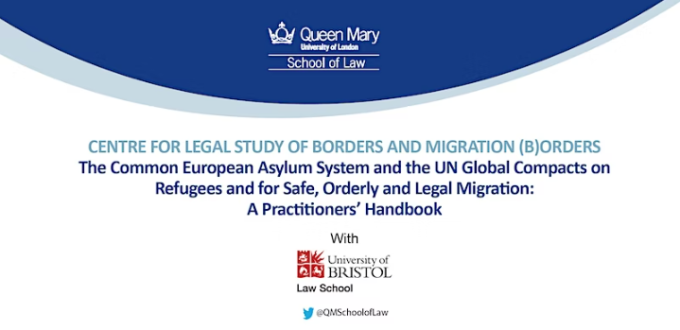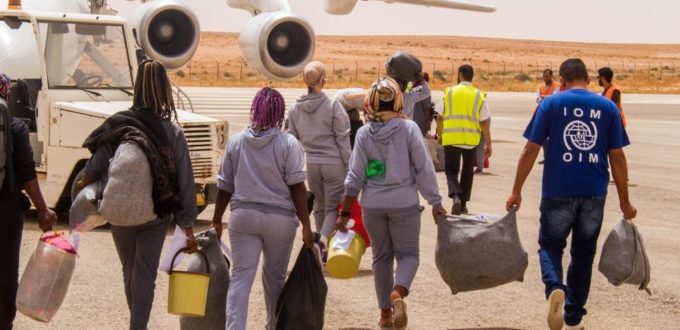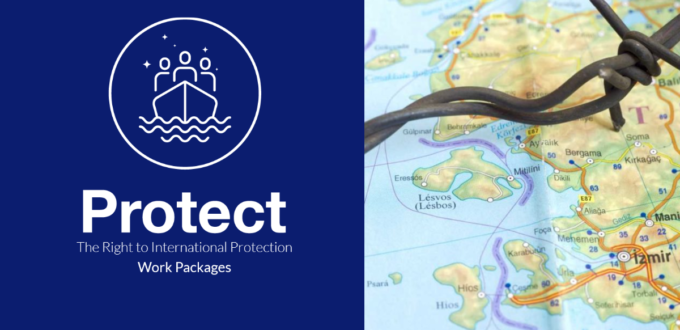When: Tuesday, 27th September 2022, 17:00 – 19.00 hrs Where: Room 3.1, Lincoln’s Inn Fields, Centre for Commercial Law Studies, Queen Mary University of London or online (register here) The (B)OrderS: Centre for the Legal Study of Borders and Migration at Queen Mary University of London (QMUL) and the Centre for International Law at the University of Bristol invite you to […]
Back to the future? Questioning EU’s renewed approach to returns and readmission
In February 2021, the European Commission published a new Communication on ‘Enhancing cooperation on return and readmission as part of a fair, effective and comprehensive EU migration policy’. The document, which outlines the first assessment on the state of readmission cooperation with third countries, identifies obstacles and challenges, as well as potential incentives to step […]
Minors and shipwrecks in the Mediterranean: a never-ending story
Youssef and Alan are only two of too many children who have lost their lives on the move in recent years. The International Migration Organization (IOM) reported that 337 children have died while migrating in Africa between 2014–2018, 200 of them died as a result of drowning in the Mediterranean sea. However, this number does not reflect the grim reality: according to IOM, over 70 per cent of people whose deaths were reported in the Central Mediterranean between 2014 and 2018 were never found.
EU puts ‘Dublin to bed’ and launches New Pact on Migration and Asylum.
The overcrowded Moria camp has become an image of a failed collective effort to create cross-European solidarity for refugees and asylum seekers. On 23 September 2020 the European Commission launched their New Pact on Migration and Asylum aimed at replacing the heavily criticized Dublin Regulation. But what exactly is the ‘Dublin problem’ – and which solutions do the new pact hold? Four migration researchers offer their views below.
WP2
The impacts of the GRC and the GMC on the right to international protection: interactions with pre-existing legal frames of protection What is the normative status of innovatory instruments such as the Global Compacts and how do they interact with international and European legal frameworks concerning migration and asylum laws? How can they be better […]





